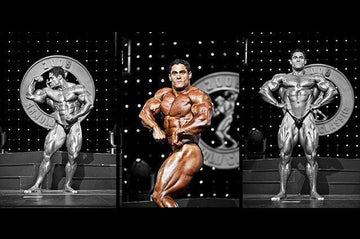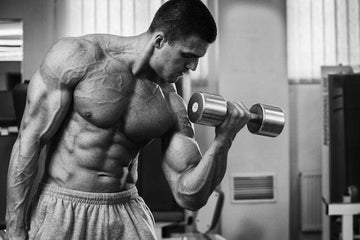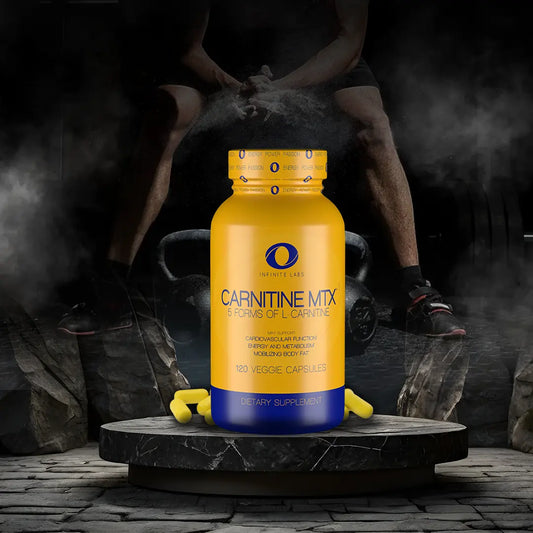The Role of The Lower Back Can Make You or Break You
Table of Contents
The Role of The Lower Back Can Make You or Break You
By Joe Palumbo
Lower back pain is a universal human experience. Back pain can be very complex and difficult to accurately diagnosis and treat. The level, degree, and manageability of pain are very different for every person. There are numerous contributing factors, and a wide range of possible back pain treatments that may or may not work for the same condition.
However, episodes of back pain are less likely to occur if back strengthening is performed. Research shows that 40% of people become less active after back pain strikes—a strategy that’s likely to delay healing or even make their condition worse. Studies have shown that more than one or two days of bed rest actually makes back pain worse as well as reduce muscle tone and flexibility. In fact, most sufferers would benefit from more exercise—particularly frequent walks, which ease stiffness. Most of the muscles that support the spine are used in our everyday lives, however they do not receive the adequate exercise from these activities therefore they tend to weaken and lose elasticity.
LOWER BACK EXERCISES
Hyperextension
Adjust the Hyper Extension Bench so that your waist is in line with the top of the pad. Lie face down and position your feet firmly on the platform tucking your ankles securely under footpads. Start with your body in a straight line. Cross your arms in front of you or hands behind your neck. Bend at the waist and slowly lower your body towards the ground until you reach about 65-75 degrees. Pause briefly at the bottom and then raise yourself back up to the starting position where your back is in a straight line with your lower body.
Back Extension Exercise
Lie with your stomach flat on the floor. Your legs should be fully extended and your arms should be at the sides of your body. Now, slowly lift your upper body until your chest is 2 inches off of the floor. Hold this position for at least 30 seconds and then lower your body. Perform this maneuver at least five times. Make sure your spine is neutral as you lift your upper body off of the floor; do not arch your back.
Stiff-Leg Dead Lift
Do not confuse regular Dead lift with the Stiff–Leg, Regular Dead lift are a power exercise and are perform with knees slightly bent. With a hip- to shoulder-width stance, hold a loaded barbell in front of your thighs with an overhand, shoulder-width grip. Bend at the waist, keeping your knees straight as you lower the bar toward the floor; it should remain a few inches in front of your legs. Pause briefly before extending your torso to return to a standing position.
The primary goal for this program is to make the muscles of your back, stomach hips and hamstrings strong and flexible. The key to preventing lower back injury and pain is physical conditioning. “Getting into shape” involves the overall conditioning of the body and the cardiovascular system. Aerobic exercise plus the exercising of the core muscles are both critical for developing healthy and pain-free backs. For beginners stay with light weights, do not push or go beyond your limit. Correct form is the key to back exercise. Proper technique is imperative.
 About the Author; Joseph Palumbo is an IFBB Professional Bodybuilder, Certified Trainer (SMART), Advance Sports Nutrition Specialist (ASNS) and Certified Navy Seal Fitness Instructor. Contact info; www.infinitelabs.com, joeswat5@aol.com
About the Author; Joseph Palumbo is an IFBB Professional Bodybuilder, Certified Trainer (SMART), Advance Sports Nutrition Specialist (ASNS) and Certified Navy Seal Fitness Instructor. Contact info; www.infinitelabs.com, joeswat5@aol.com
MUSCLE MEDIA MAGAZINE FOR MEN
The premier source of training, nutrition, supplements, fat loss and health for men.

















